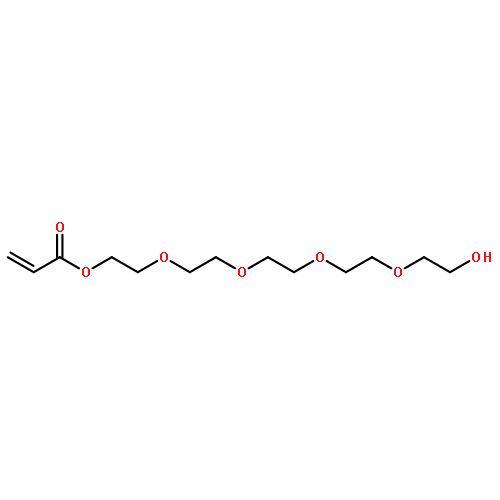Co-reporter: Yuanyuan Zhuang, Yue Su, Yu Peng, Dali Wang, Hongping Deng, Xiaodong Xi, Xinyuan Zhu, and Yunfeng Lu
pp:
Publication Date(Web):March 5, 2014
DOI: 10.1021/bm500018s
A novel kind of redox-responsive polymeric drug delivery system has been designed and prepared successfully through the coupling of the multithiol branched polymers and thiol-containing drugs. The branched poly((S-(4-vinyl) benzyl S′-propyltrithiocarbonate)-co-(poly(ethylene glycol) methacrylate)) (poly(VBPT-co-PEGMA)) was synthesized by one-pot reaction via reversible addition–fragmentation chain transfer (RAFT) copolymerization. Subsequently, the hydrophobic thiol-containing anticancer drug 6-mercaptopurine (MP) was conjugated to poly(VBPT-co-PEGMA) by thiol–disulfide exchange reaction, resulting in the formation of poly(VBPT-co-PEGMA)-S-S-MP conjugate. Due to its amphiphilicity, poly(VBPT-co-PEGMA)-S-S-MP conjugate self-assembled into amphiphilic micelles in aqueous solution. Under a reductive environment, the disassembly of polymeric micelles resulted in the MP release. Flow cytometry and confocal laser scanning microscopy (CLSM) measurements demonstrated that the poly(VBPT-co-PEGMA)-S-S-MP micelles could be taken up by Raji cells (a Burkitt lymphoma cell line). The viability of the Raji cells incubated with the glutathione (GSH) mediated poly(VBPT-co-PEGMA)-S-S-MP micelles was investigated by Cell Counting Kit-8 (CCK-8) assay. The experimental results showed that the viability of the glutathione monoester (GSH-OEt) pretreated cells was lower than that without pretreatment, while the viability of the buthionine sulfoximine (BSO) pretreated cells was higher than that without pretreatment. The poly(VBPT-co-PEGMA)-S-S-MP micelles could induce the apoptosis of Raji cells, and the apoptosis behavior was dose-dependent. This redox-responsive polymer–drug conjugate provides a promising platform for the delivery of thiol-containing biological molecules.
